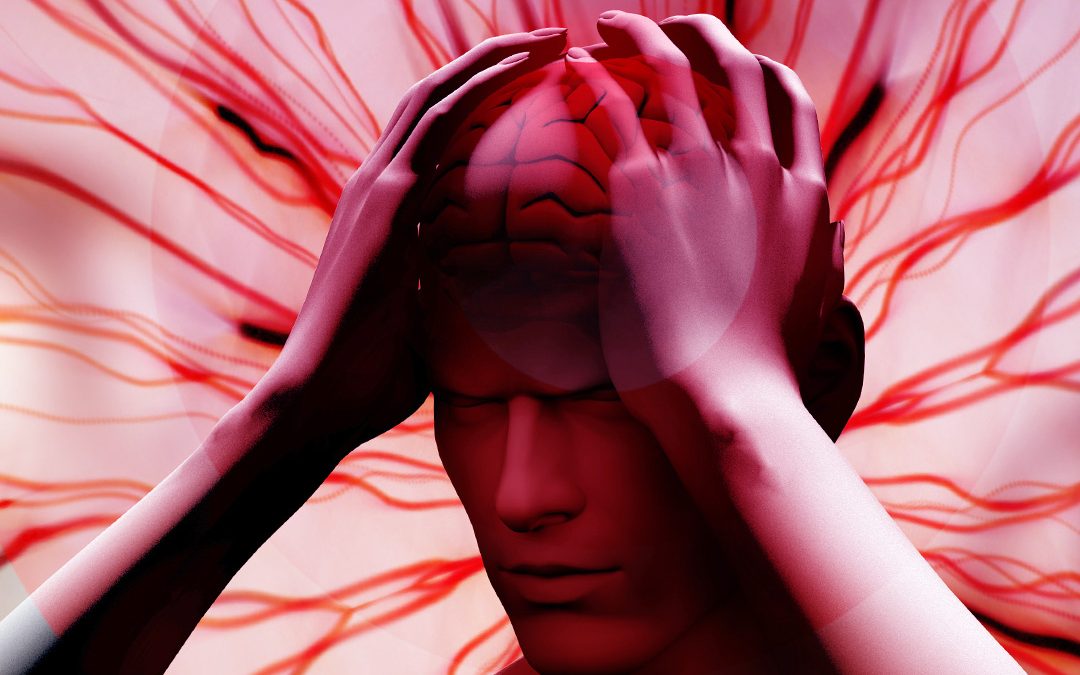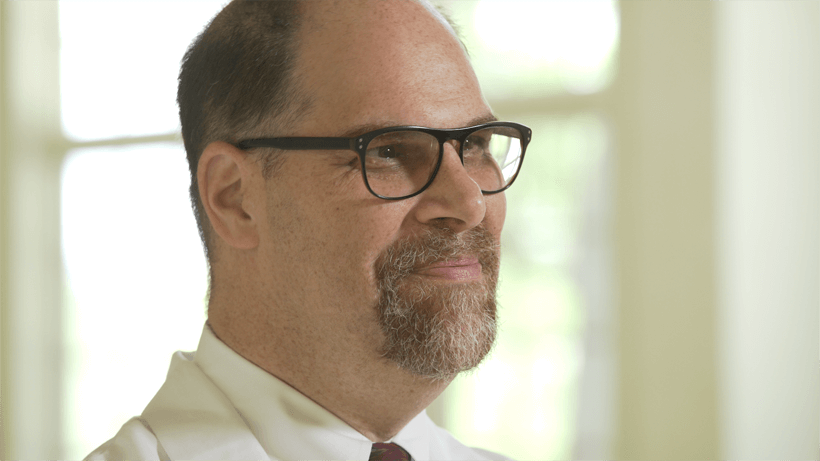At one point in time, almost every single person has experienced a headache, and, as Arnold said, “It’s not a brain tumor.”
Most people, as a consequence of stress, diet, lack of rest, tobacco, alcohol, etc., will experience a headache or three. Simple solutions like rest, a good diet, and exercise, with careful use of headache medicines like ibuprofen, acetaminophen, or aspirin can be very successful.
So, how do you know when a headache isn’t just a headache?
Some symptoms to look for that may intimate that a brain tumor could be to blame are a “no-brainer.”
Brain tumor symptoms include sudden weakness, confusion, and difficulty walking or using your hands.
In addition to the milder symptoms, there are patients who experience a seizure, which is a sudden, uncontrolled series of movements that’s often followed by passing out. When a patient experiences their first seizure, tests and an MRI of the brain must be conducted so that the damage and the cause can be assessed.
If a violent headache seemingly comes out of nowhere, this could mean that an aneurysm has ruptured.
Additionally, if a headache wakes you up from a sound sleep or you experience chronic migraines, consult your doctor.
Patients experiencing a sudden, severe, “this is the worst headache of my life” headache this should not be taken lightly and they should seek medical help immediately.
While there are mild and more severe symptoms that are associated with brain tumors, most do not present clear-cut symptoms.
The answer to whether a headache is not just a headache can be addressed by asking a series of simple questions that include:
- Severity?
- Location?
- Duration?
- Timing?
- Triggers?
- Effective Self Treatment?
All of these questions can help your doctor understand the nature of your headache and in turn, help provide you with the guidance and the answers that you’re searching for. Your answers will also help your doctor decide if imaging is warranted or not.
Remember, it’s not feasible nor is it practical to image every patient who has a headache.
It’s important to note that brain tumors are relatively uncommon. In fact, only 1 in 100 people will have a headache that is not just a headache.
Please note, the information provided throughout this site is not intended or implied to be a substitute for professional medical advice, diagnosis or treatment. All content, including text, graphics, images, and video, on or available through this website is for general information purposes only. If you are experiencing relating symptoms, please visit your doctor or call 9-1-1 in an emergency.
Read More from Dr. Charles Rosen
Multiple Aneurysms: Emilia Clarke
I'm getting a lot of questions these days about aneurysms and Emilia Clarke, the game of Thrones star, and the unusual aspect of her history is to having multiple aneurysms that needed care, so I wanted to talk a little bit about how often we see that. The...
read moreBrain Eating Amoebas
Last year I got asked a lot about the terrible tragedy related to the brain eating Amoeba or brain eating bug as it's called in the press. First off, these are relatively uncommon. They are horrific when they occur, but they're not common. What it is, is...
read moreHeat Stroke
With the temperature increasing, as a motorcyclist, I'm very aware of the issues of heat exhaustion and heat stroke, and these are very dangerous issues. Our bodies need to stay at a standard temperature (98.6 degrees Fahrenheit, 37 degrees Celsius), and...
read more



